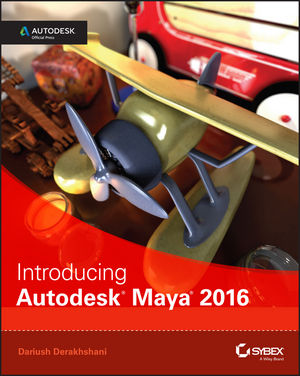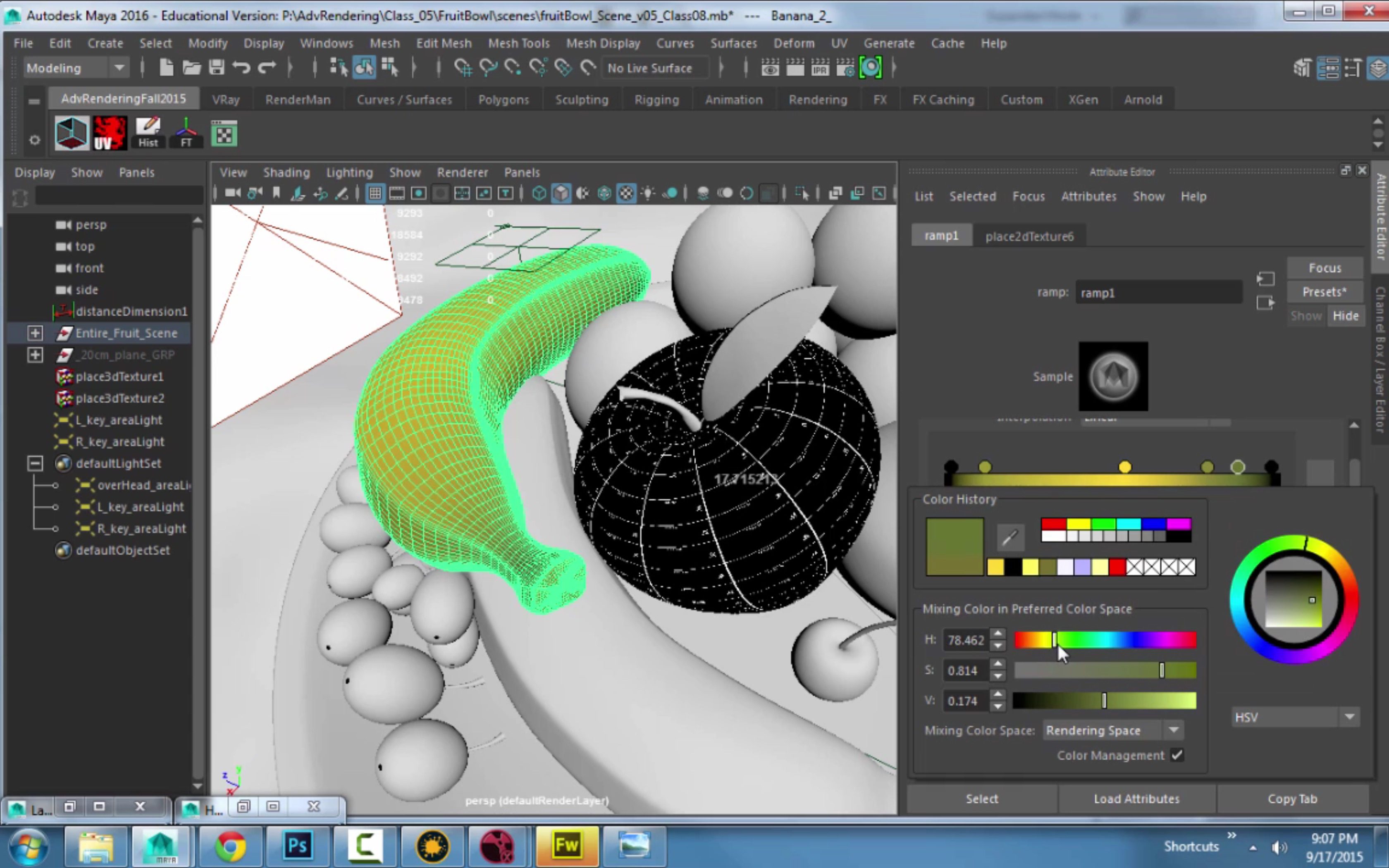
I know it's pretty basic stuff, but for users without any prior experience with 3d softwares or modeling, it's a good intro exercise and could help them to understand the basics and go faster to a more complex example.

This is basically all you will need to create those 3d models.
BOX MODELING MAYA 2016 TUTORIAL HOW TO
BOX MODELING MAYA 2016 TUTORIAL SOFTWARE
The author of the tutorial used Autodesk Maya to create all the models, but the beauty of knowing the technique is that no matter what software is used to create the 3d model, we can recreate the process in Blender 3D, 3ds Max or Cinema 4D. This weekend I found a good set of four tutorials showing the basics of how to create those types of models, which are recommended for beginners and users starting to work with 3d modeling for architecture. One use for simple models created with box modeling is to use them as a background to compose with more complex scenes, or urban landscapes. In my classes about modeling for architectural visualization I show all techniques, but focus only on edge modeling for most of the projects. With box modeling we can create simple models with basics details a lot faster. But, edge modeling has a downside like all other modeling techniques, which is the amount of time required to create large and detailed pieces of geometry. If you watched some of my tutorials, you might know that I use edge modeling for almost everything.

16.Basic tutorial on how to model buildings with box modelingįrom all the techniques available to create 3d models for architectural visualization, I often use a mix of edge modeling and box modeling to create furniture and parts of my projects. Add a new camera for rendering and keyframing by going to Create > Cameras > Camera. Using keyframed cameras to look around the scene will pop back to the keyframes locations when scrubbing on the timeline. While this camera can be used for final rendering, it is not best when animating with camera movement that requires keyframes on the camera. One camera is the default perspective view that is used to look around the scene, named persp. When Maya opens a new scene several default cameras are created. Click on the Create menu, and then select the Polygon Primitives submenu and click on the Options icon to the right of the Sphere menu to open the options dialog box, as shown in Figure 13. You can set keys on specific attributes by selecting the channels to key, right-clicking on any of the selected labels in the Channel Box, and then choosing Key Selected from the menu. Autodesk Maya 2016 Basics Guide 5 FIGURE 1-5 Tool Settings Lesson 1.1-Tutorial 1: Use a Menu Command to Create a Polygon Sphere 1. Usually the current position, rotation, scale and visibility are available in the Channel Box. This sets a keyframe on the selection at the frame indicated on the timeline, for the attributes displayed in the Channel Box.

You can set a keyframe on an object, camera or light by selecting it and pressing S on the keyboard. The resolution settings are set in the Image Size section of the Render Settings window. The name of the camera is also displayed in the masked portion below the gate mask. The rendering resolution height and width are displayed in the masked area above the Resolution Gate in the viewport when the resolution gate is active. The Resolution Gate is displayed as a framed area in the main viewport which will be the same camera framing as the final rendered image. Turn on the Resolution Gate to display a guide in the main viewport that represents the final rendered area. Use resolution gate to compose final render Rendered images, or maps generated, will be stored and saved in the images directory. Image files used as textures placed in the sourceimages folder will be automatically located when the scene file opens. If the project directory is set, Maya will look for all scene files, Maya ASCII or Maya Binary files, in the scene's directory. In some cases, working with a single file without a project directory will work, but any associated files with the scene should be kept in a Maya project directory. Maya keeps track of all files associated with a scene in a project directory.

Click the icon in the top right to enlarge the image


 0 kommentar(er)
0 kommentar(er)
